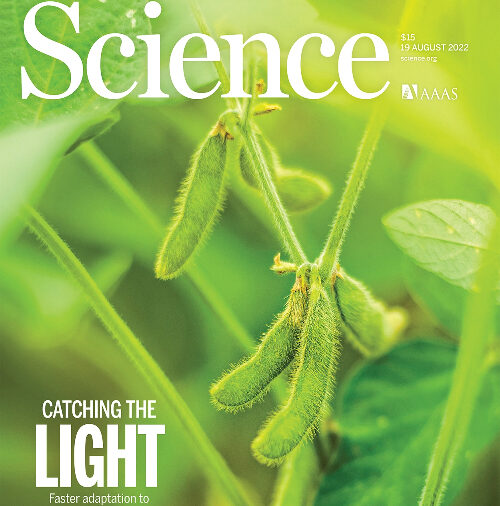The right solvent mix breaks down perfluorinated organic acids
Source and more : Science.org
SHIRA JOUDAN AND RYLAN J. LUNDGREN
Per- and polyfluoroalkyl substances (PFAS)—sometimes called “forever chemicals” because of their chemical stability—are synthetic molecules widely used in consumer products (1).
Ironically, the characteristics that make these compounds useful, such as lipoand hydrophobicity, high thermal stability, and resistance to chemical degradation, also lead to pervasive contamination in the environment (2). Moreover, chronic exposure to these chemicals has been associated with a host of negative human health effects (3).
Unfortunately, the carbon-fluorine bonds in PFAS are among the most inert in organic compounds, which means that their destruction requires brutal treatment, such as incineration at high temperatures.
On page 839 of this issue, Trang et al. (4) show that under specific mild conditions, perfluoroalkyl carboxylic acids (PFCAs), which are a type of PFAS, undergo spontaneous decomposition into benign inorganic fluoride ions and simple oxygenated organic molecules.
…. / ….







